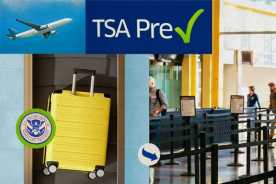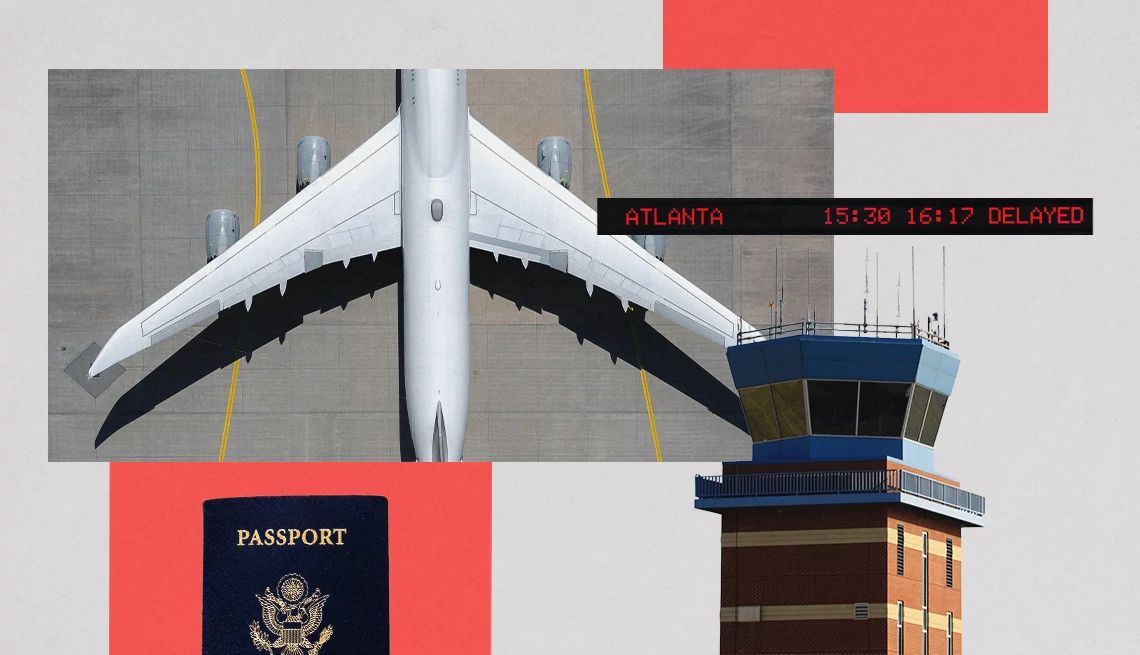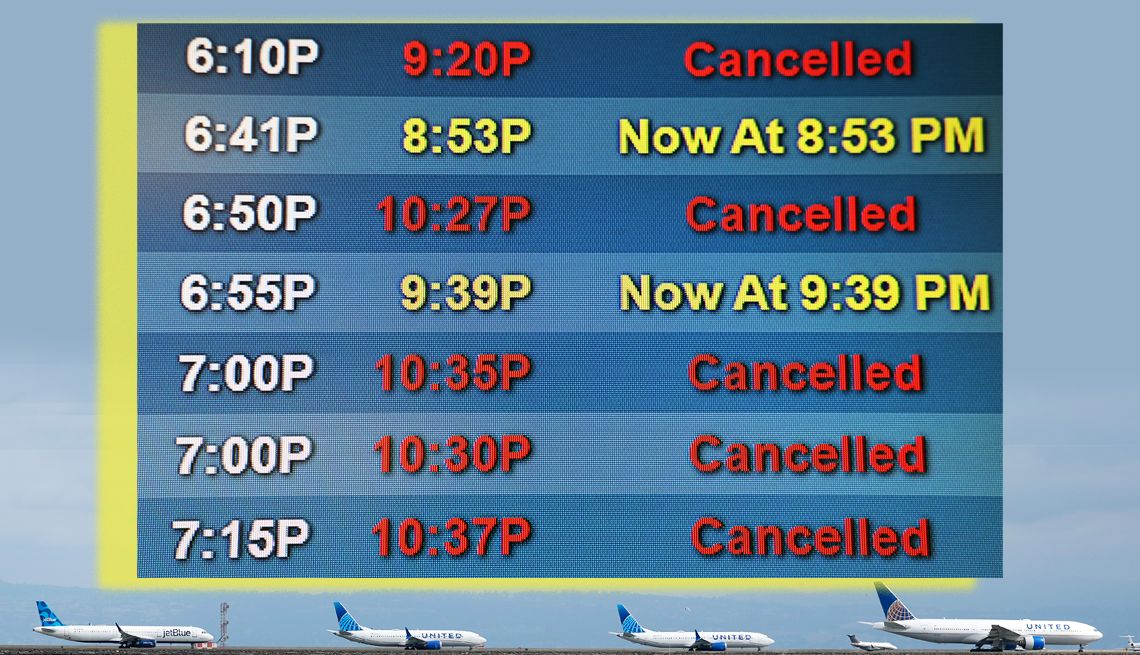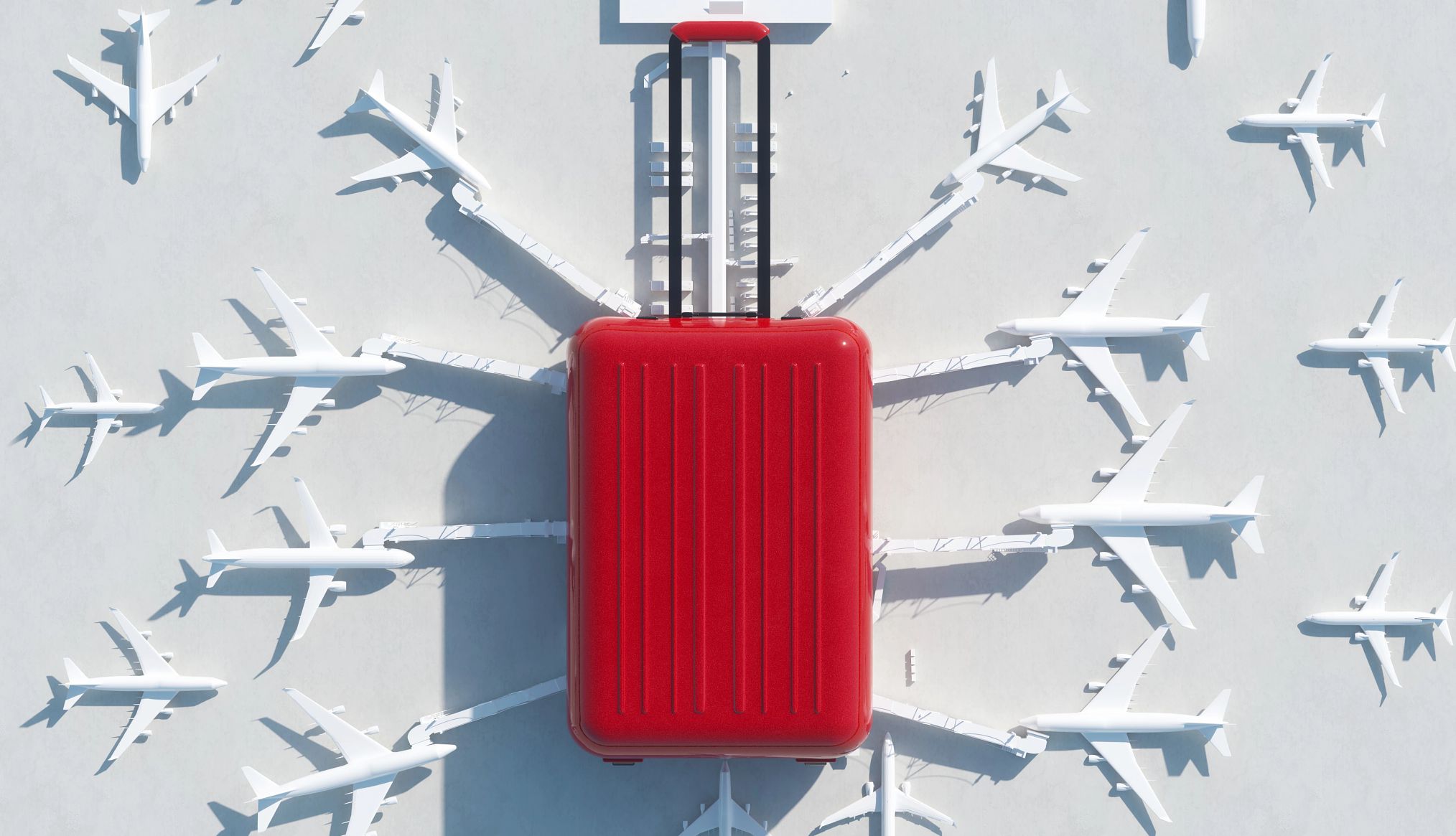AARP Hearing Center
The federal government shutdown may be nearing an end, but the cancellations and delays U.S. airline passengers have experienced since the Federal Aviation Administration mandated flight cuts are likely to continue.
The FAA-mandated flight cuts at 40 high-volume airports started Nov. 7 with reductions of 4 percent. Between then and Nov. 11 when the rate rose to 6 percent, airlines cut more than 9,000 flights, the Associated Press reported. There were fewer cancellations on Nov. 11, than in previous days, which Transportation Secretary Sean Duffy attributed to an increase in the number of air traffic controllers returning to work after news of a shutdown agreement.
As of the afternoon of Nov. 12, there were nearly 900 cancellations and nearly 1,200 delays for the day, according to the flight tracking website FlightAware. The reductions are set to increase to 10 percent by Nov. 14.
The FAA hasn’t said when it will roll back flight limits. On Nov. 11, Duffy said that the cuts will remain — even after the shutdown ends — until safety metrics improve and staffing levels stabilize at air traffic control facilities.
An estimated 5.2 million passengers have been affected by staffing-related delays or cancellations since the government shutdown began on Oct. 1, according to Airlines for America, an industry trade group.
The House of Representatives is scheduled to vote Nov. 12 – the 43rd day of the longest government shutdown in American history – on a bill to reopen the government that the Senate passed on Nov. 10.
Even if the measure to reopen the government passes this week, it may take some time for airlines to ramp back up.
The mandated flight cancellations followed a week that saw some of the worst staffing shortages of the shutdown, which resulted in thousands of delays and increased concerns over airline safety as the busy holiday travel season looms. Seventy percent of adults 50-plus planned to travel in 2025, according to AARP’s Travel Trends survey, which also identified an increase in domestic air travel among this age group.





































































